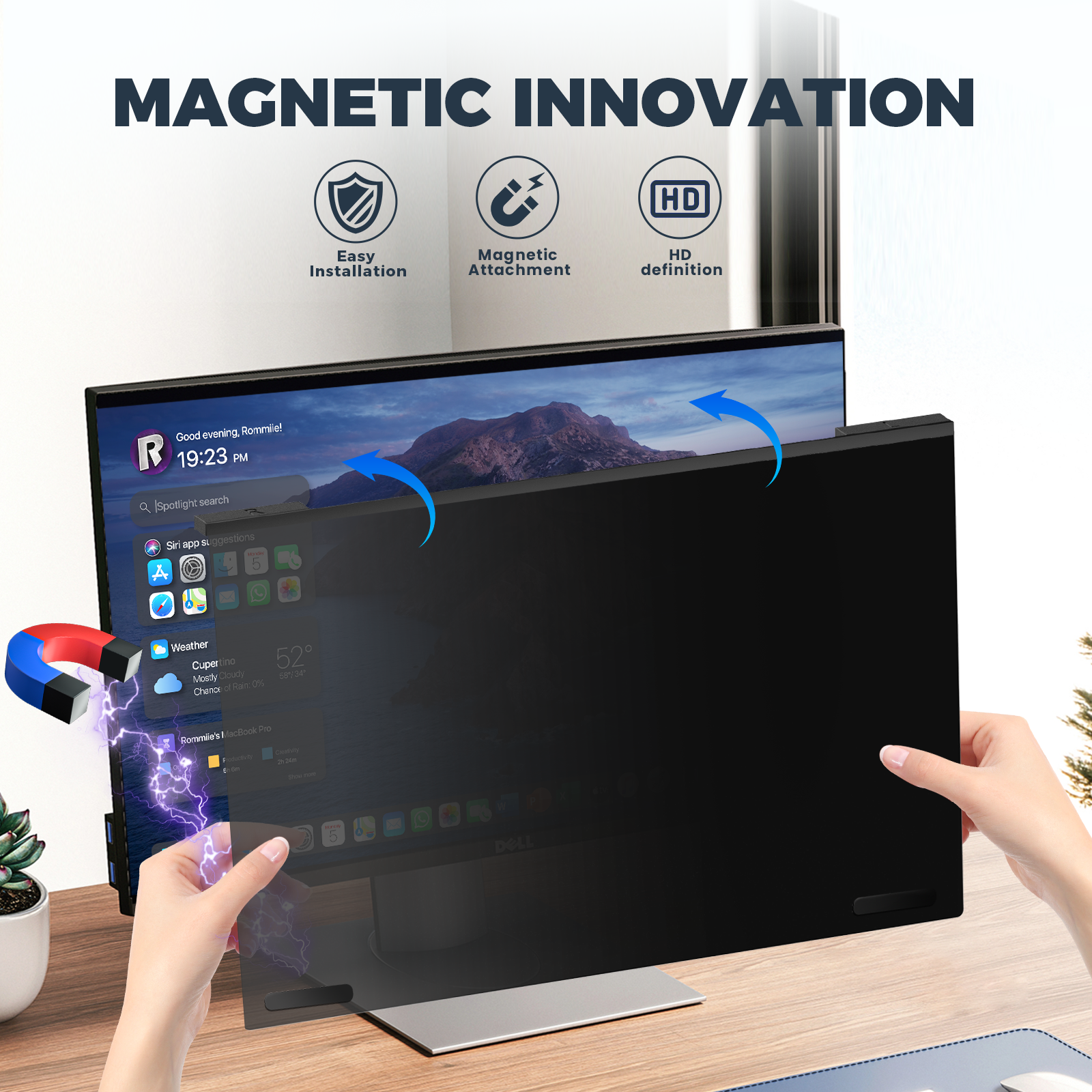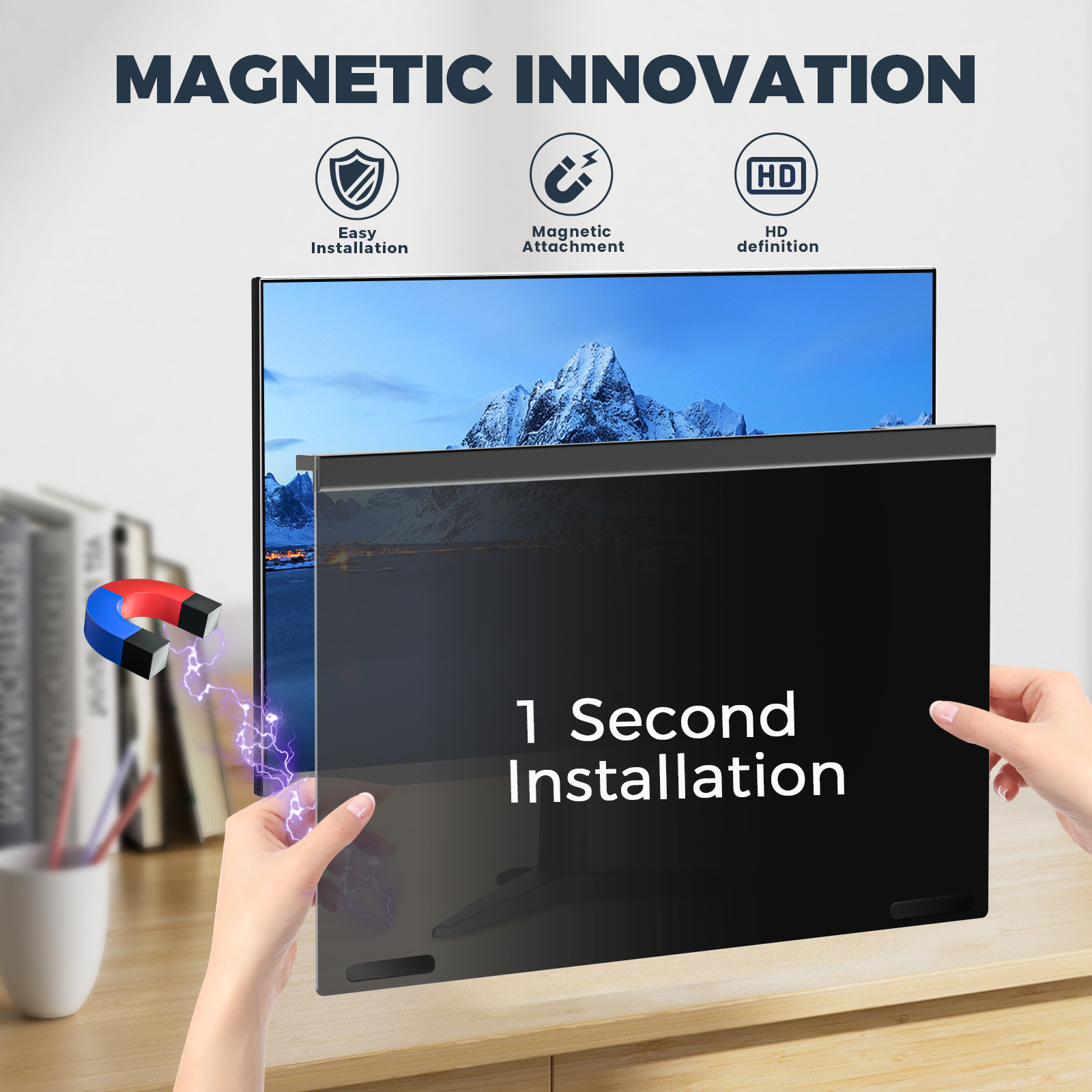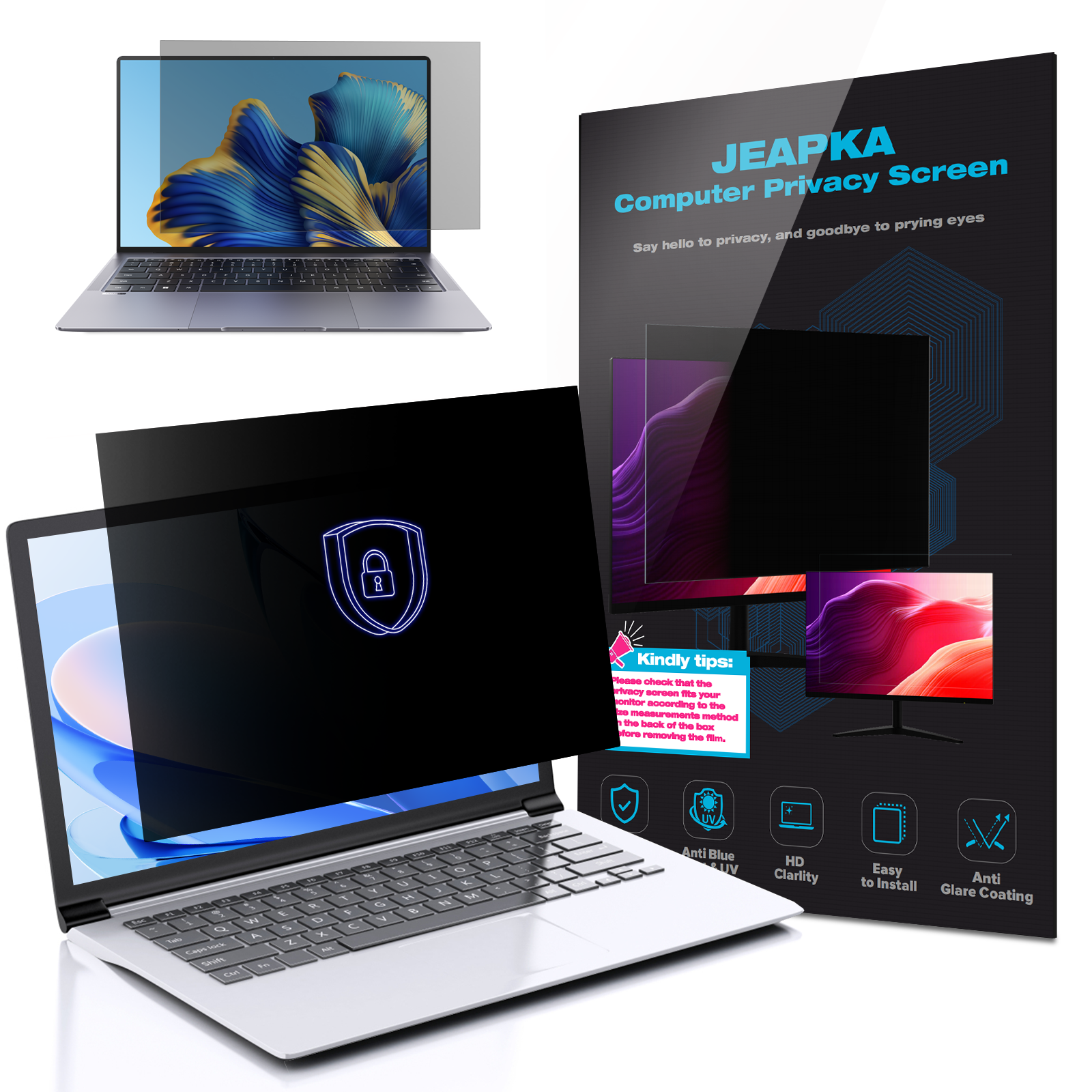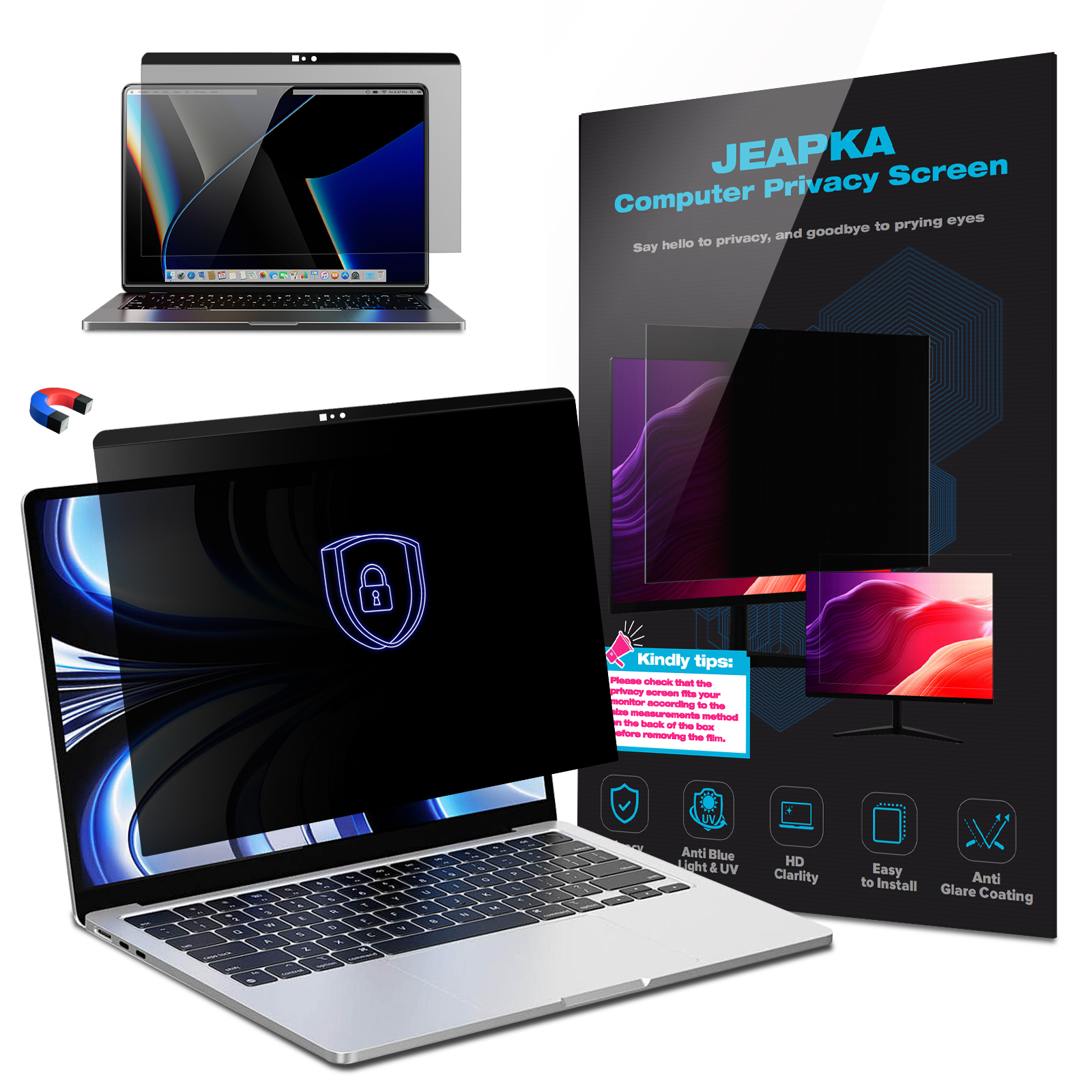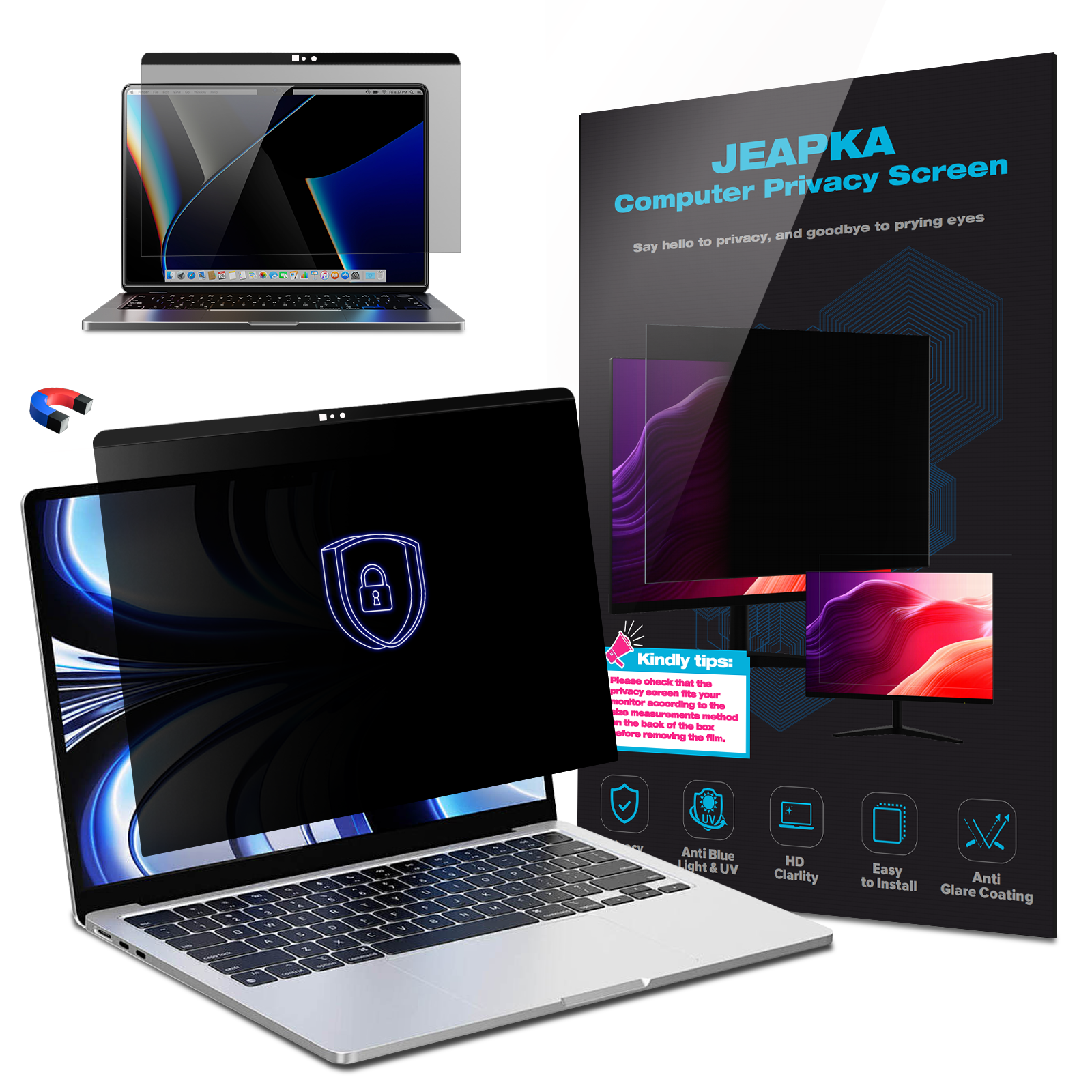Get JEAPKA Product News, Webinars and Promos Directly to Your inbox.
Subscribe Now
How to Test the Effectiveness of Your Computer Screen Privacy Filter
Release time:
2025-05-01
How to Test the Effectiveness of Your Computer Screen Privacy Filter
Introduction to Computer Screen Privacy Filters
In today's digital world, securing your personal information is more important than ever. **Computer screen privacy filters** serve as a valuable tool in this regard, preventing onlookers from viewing sensitive information displayed on your screen. These filters can be particularly beneficial in crowded environments or shared workplaces. However, not all privacy filters are created equal. This article will delve into how to assess the effectiveness of your privacy filter, ensuring you maintain the confidentiality you desire.
Understanding Privacy Filters: What Are They and How Do They Work?
Before we discuss testing methods, it's crucial to understand the basics of privacy filters. These are specialized screens designed to limit the viewing angles of your display. They work by utilizing a series of micro-louvers that block light from the sides while allowing direct viewing from the front. This technology is essential for keeping your information safe from prying eyes, but the quality of filters can vary significantly.
Different Types of Computer Screen Privacy Filters
There are various types of privacy filters available in the market, each designed for specific needs. Here are some common types:
- **Adhesive Filters**: These filters stick directly to the screen and can be removed easily.
- **Magnetic Filters**: These filters attach magnetically, making them easy to put on and take off.
- **Clip-On Filters**: These are designed to clip onto your monitor and are usually adjustable for different screen sizes.
- **Built-in Filters**: Some laptops come with built-in privacy features, eliminating the need for additional filters.
Understanding the type of filter you have is crucial for effective testing.
Why Testing Your Privacy Filter is Essential
Testing the effectiveness of your computer screen privacy filter is essential for several reasons:
- **Security Assurance**: Ensure that your sensitive information remains confidential.
- **Quality Assessment**: Determine whether the filter performs as advertised.
- **Product Longevity**: Assess if your filter maintains its effectiveness over time.
Indicators of a Good Privacy Filter
To evaluate a privacy filter effectively, keep an eye out for the following indicators:
- **Viewing Angle**: A good filter restricts visibility beyond a certain angle.
- **Clarity**: The filter should not overly distort the screen image.
- **Durability**: Assess the material quality to ensure it lasts without significant wear.
Step-by-Step Guide to Testing Your Privacy Filter
Now, let's explore how to test the effectiveness of your privacy filter. We will outline a comprehensive, step-by-step process.
Step 1: Visual Inspection
Begin with a simple visual inspection of the filter and monitor. Ensure there are no scratches, smudges, or bubbles that could impair visibility or filter performance.
Step 2: Test the Viewing Angle
To assess how well your privacy filter works, conduct a viewing angle test:
1. **Position Your Monitor**: Set your monitor to a comfortable viewing height and angle.
2. **Sit Directly in Front**: Sit directly in front of the screen, ensuring optimal visibility.
3. **Check Angles**: Gradually move to the side and observe when the screen becomes unreadable. Note the angle where visibility is compromised. A quality filter will restrict visibility to around 30 degrees or less from the center.
Step 3: Use a Test Image
Use an image with high contrast text and graphics to test your screen privacy.
1. **Choose an Image**: Select a visually clear image, such as a document with black text on a white background.
2. **Display the Image**: Open the image on your screen and observe it from different angles.
3. **Compare Visibility**: Check how long you can read the text from various angles before it becomes difficult to see.
Step 4: Brightness and Clarity Test
Test how the filter affects screen brightness and clarity:
1. **Adjust Brightness Settings**: Increase your screen's brightness to its maximum setting.
2. **Observe Clarity**: Check if the filter distorts colors or reduces clarity.
3. **Compare with and without Filter**: Temporarily remove the filter to compare the brightness and clarity of the display.
Step 5: Long-term Evaluation
Consider conducting long-term evaluations to assess durability:
1. **Use the Filter for Extended Periods**: Utilize your privacy filter under normal conditions for a few weeks.
2. **Monitor Changes**: Look for signs of wear, such as scratches or a decrease in effectiveness.
3. **Reassess Viewing Angle**: Periodically repeat the viewing angle test to ensure the filter's performance hasn't degraded.
Additional Methods to Test Effectiveness
While the above steps provide a solid foundation for testing, you can explore additional methods for a comprehensive evaluation.
Testing with Friends or Colleagues
Sometimes, a second opinion can reveal insights you might miss.
1. **Invite a Friend**: Ask someone to sit beside you while you look at the screen.
2. **Get Their Feedback**: Have them assess how much they can see from varying angles.
Online Tools and Apps
Utilize various online tools and apps designed to measure screen visibility.
1. **Use Visibility Test Tools**: Some applications can simulate different viewing angles and provide assessments based on set parameters.
2. **Adjust for Environment**: Ensure to test in various lighting conditions to gauge performance.
Common Issues with Privacy Filters
While privacy filters are beneficial, users may encounter issues that hinder their effectiveness.
Screen Glare and Reflections
Many privacy filters can create glare or reflect light, making it challenging to see the screen.
- **Solution**: Opt for matte filters that reduce glare while maintaining privacy.
Distortion and Color Change
Some filters may distort colors or reduce brightness.
- **Solution**: Choose filters specifically designed to maintain color accuracy while providing privacy.
Choosing the Right Privacy Filter for Your Needs
Selecting the appropriate privacy filter is crucial for ensuring effectiveness. Consider the following factors:
- **Screen Size**: Ensure that the filter you choose fits your monitor or laptop screen size.
- **Usage Environment**: Think about where you'll use your computer—public spaces may require more robust filters.
- **User Reviews and Ratings**: Research user experiences and product ratings before making a purchase.
Top Recommended Privacy Filters
1. **3M Privacy Filters**: Known for their high quality and effectiveness.
2. **Kensington Privacy Screens**: Offer a variety of sizes and are user-friendly.
3. **ZAGG InvisibleShield**: Good for laptops and tablets, providing strong privacy features.
Frequently Asked Questions (FAQs)
1. How do I install a computer screen privacy filter?
Installation varies by type. Adhesive filters require careful placement, while magnetic or clip-on filters provide easy attachment.
2. Can I use a privacy filter on a touchscreen?
Yes, many privacy filters are designed to be compatible with touchscreens, but check the specifications of the filter before purchasing.
3. How often should I test my privacy filter?
Regular testing is recommended, especially if you frequently use the filter in public spaces or notice any performance changes.
4. Will a privacy filter affect my computer's performance?
No, privacy filters do not affect computer performance. However, some may slightly reduce brightness or clarity.
5. Are privacy filters expensive?
Prices vary depending on the brand and type. Generally, investing in a quality filter is worth the price for enhanced security.
Conclusion
Testing the effectiveness of your computer screen privacy filter is essential for maintaining the confidentiality of your personal information. By following the outlined steps, you can ensure that the filter you choose performs optimally and meets your security needs. Remember to evaluate not only the filter's immediate effectiveness but also its long-term durability. With the right knowledge and tools, you can confidently protect your screen and safeguard your digital privacy.
Related News







